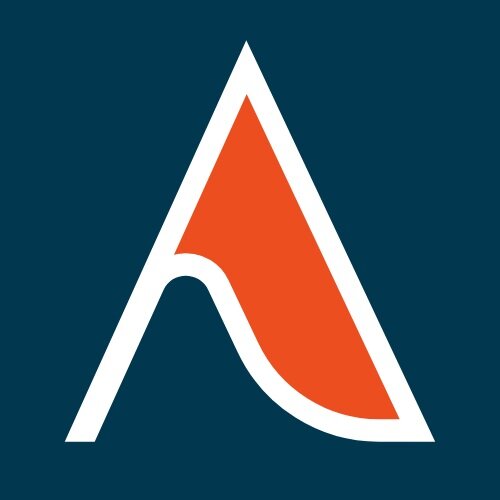Issue 1: Touch Cueing
April 2021
Welcome to the first issue of the Aha Atlas Newsletter! This month, we’re talking about Touch Cueing in our pandemic world. It might seem like touch has become, well, a touchy subject, but we think it’s going to become a more powerful tool. Even in virtual sessions. Check out why below.
Learn
Let’s explore a teaching concept.
Can you believe how much has changed over the last year? Physical distancing is part of life, Pilates sessions have gone virtual, and many of us can’t touch cue in the traditional way. But touch is still an incredible tool, and we think there are different ways to safely use it. We’re here to offer techniques you can use during virtual Pilates sessions to substitute for hands-on corrections. We’ll also touch on (hehe) some best practices to consider before applying touch cues, when in-person sessions are available to you 🥳. For the deets, watch this Learn video.
Move
Move with us in this mini-class (10-20 minutes).
Talese would love you to join her in this Move video for a 20-minute workout, featuring self-touch cues you can teach your clients in virtual or in-person sessions. These self-touch cues have 3 purposes:
to increase body awareness (empowering your client to self-correct their alignment)
to deepen muscle activation (and why not learn a little anatomy while you’re at it?)
to create resistance (so your client can feel the stabilizing and strengthening forces at work in their own body)
This is just a fancy way to say, your client will feel smart and powerful in their movement practice, and they’ll get more out of it. (Bingo!)
The workout focuses on the pelvis and lumbar spine as we move through exercises in prone, side-lying, kneeling, and standing positions. No props needed, just roll out your mat!
Grow
Boost your confidence and resilience with us.
Ever feel wiped out after teaching a class or session? Especially one where you used a lot of hands-on adjustments? Totally normal. Touch cueing uses mental, emotional, and physical energy. Before you use a touch cue, you’re analyzing your client and the situation: Which part are you going to adjust? What kind of touch would be best? How will they respond? Emotionally, you’re invested -- you want to help, yet you’re not sure if you’ll get it right. But wait, you also have to act confident and feel confident, so you don’t offer a creepy touch. 🥴
This mental and emotional struggle happens whether you’re using touch IRL or virtually. That’s why it’s important to take care of yourself after using touch cueing. In this Grow video, Kai-Ting shows you a technique you can use to ground yourself. Do this at the end of the day to recover and grow in your teaching.
Props: Mat + Bolster (or 2 sleeping pillows)
Support
We’re here to support Pilates instructors, and there are two ways you can help!
Spread the Word. Forward this newsletter to fellow Pilates lovers, and tell everyone you know about Aha Atlas.
Share your Thoughts. Take this short survey and let us know what content you want to see from Aha Atlas. You can also share feedback with us by replying to this email.
You’re currently receiving this awesome newsletter for free. In the near future, you’ll be able to choose between this premium version (for a monthly fee) and a free version (with limited content). We want to create the newsletter that best supports you, so the more you share with others and with us, the more we can do that. We’re ever grateful for your support as we build this community together.
See you next month for our second issue!
xo Kai-Ting and Talese



